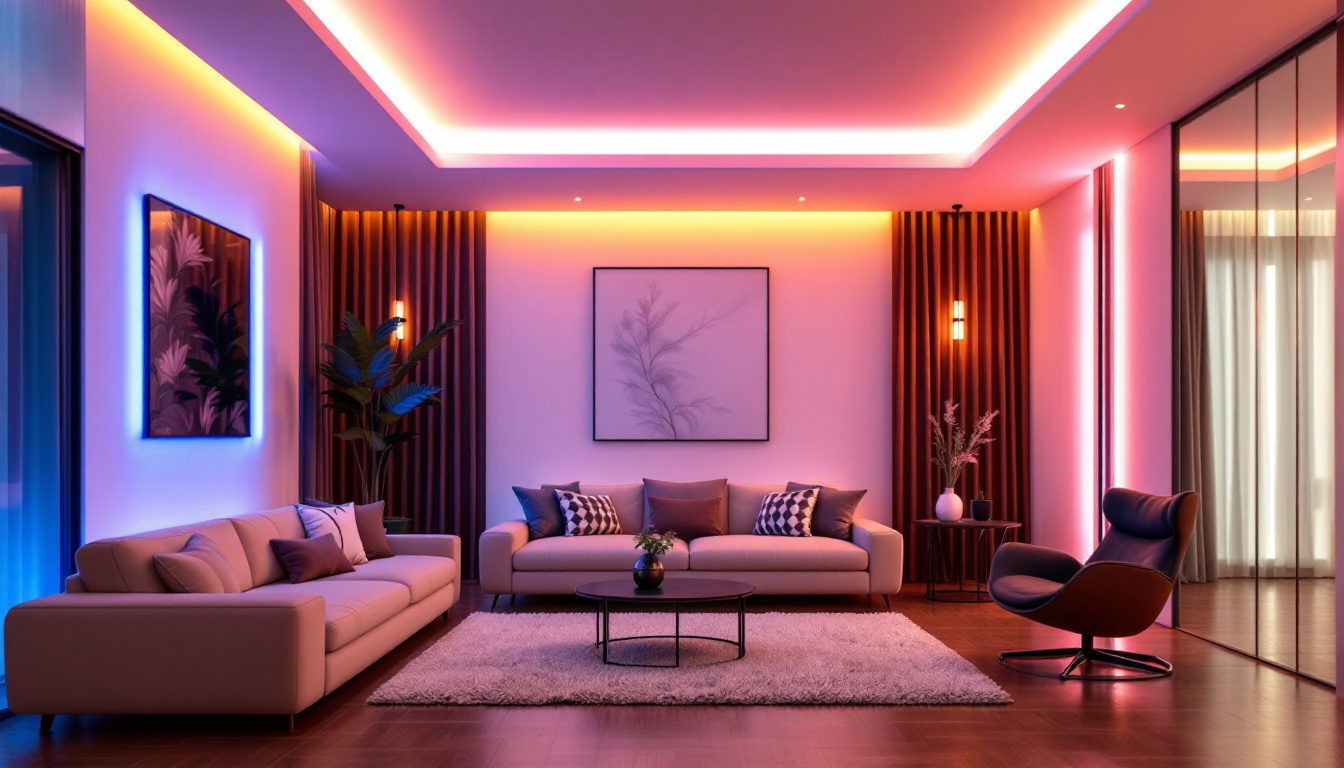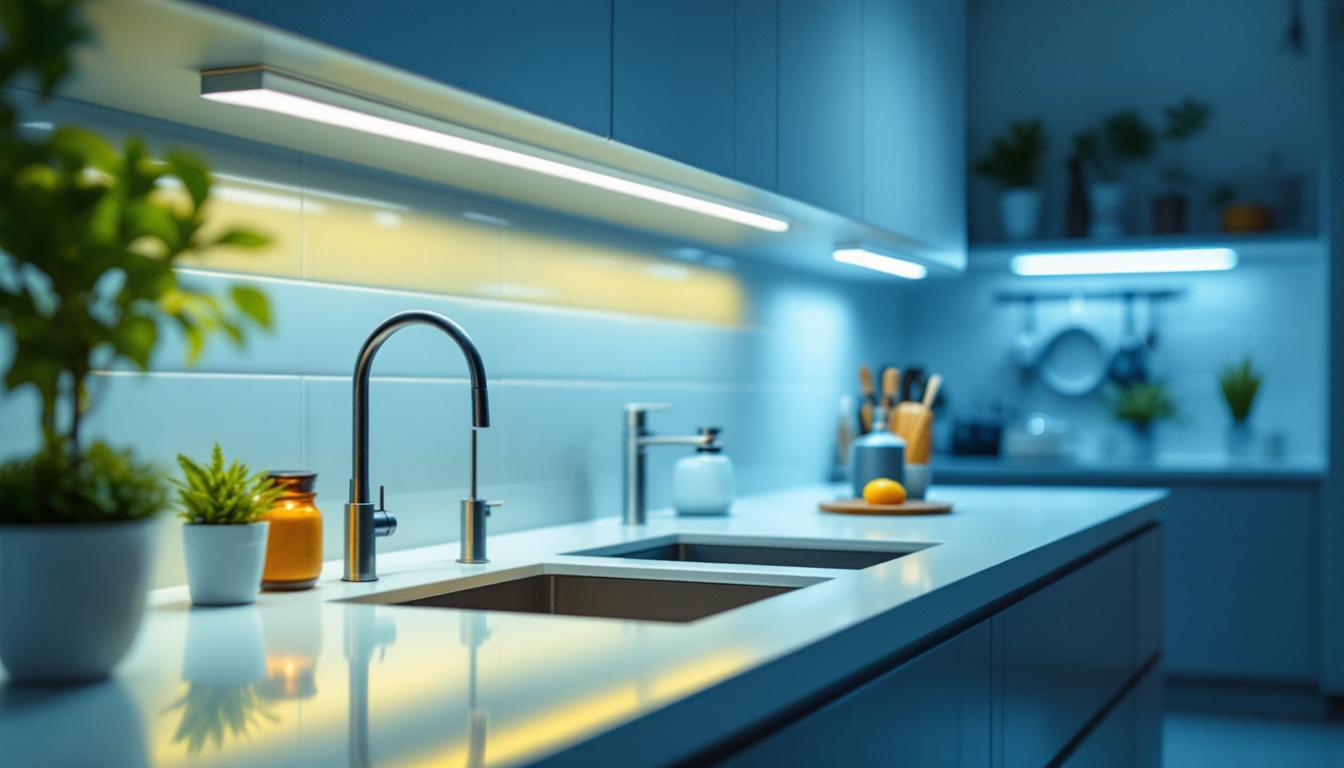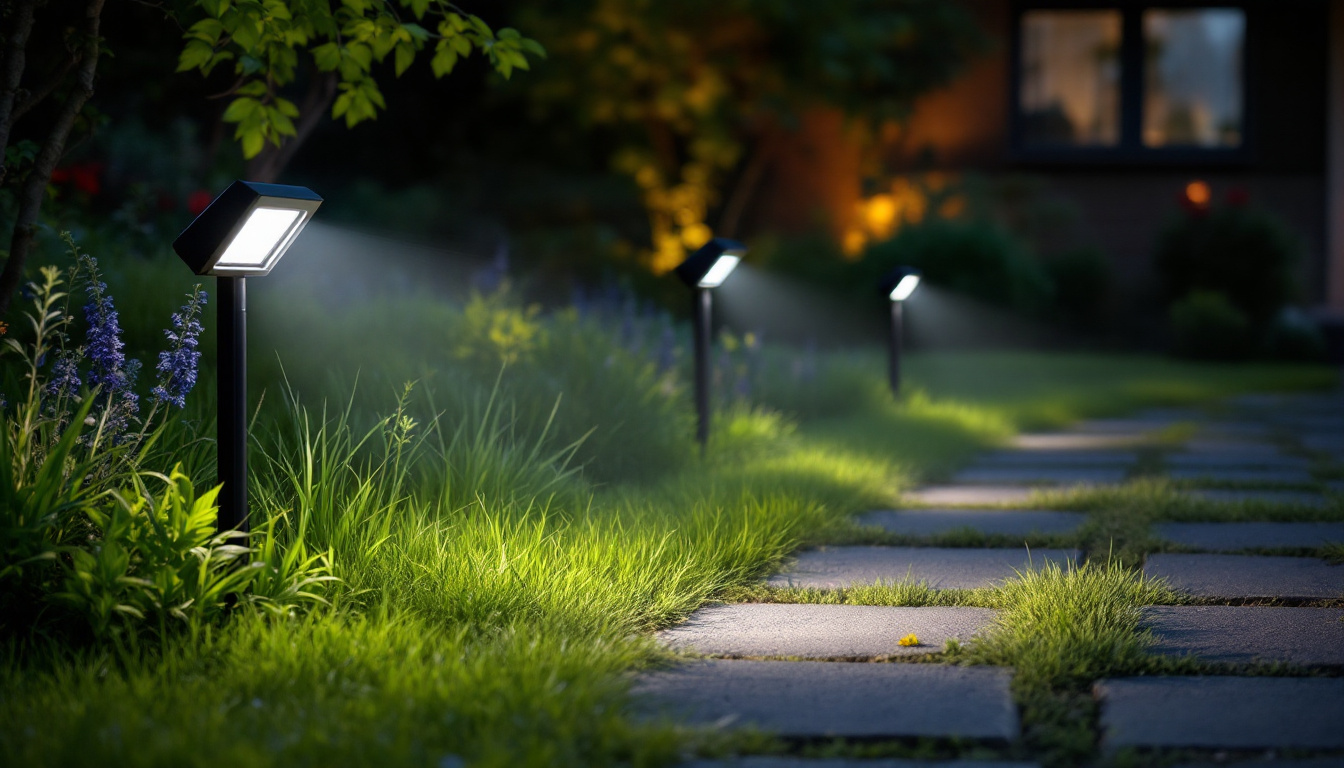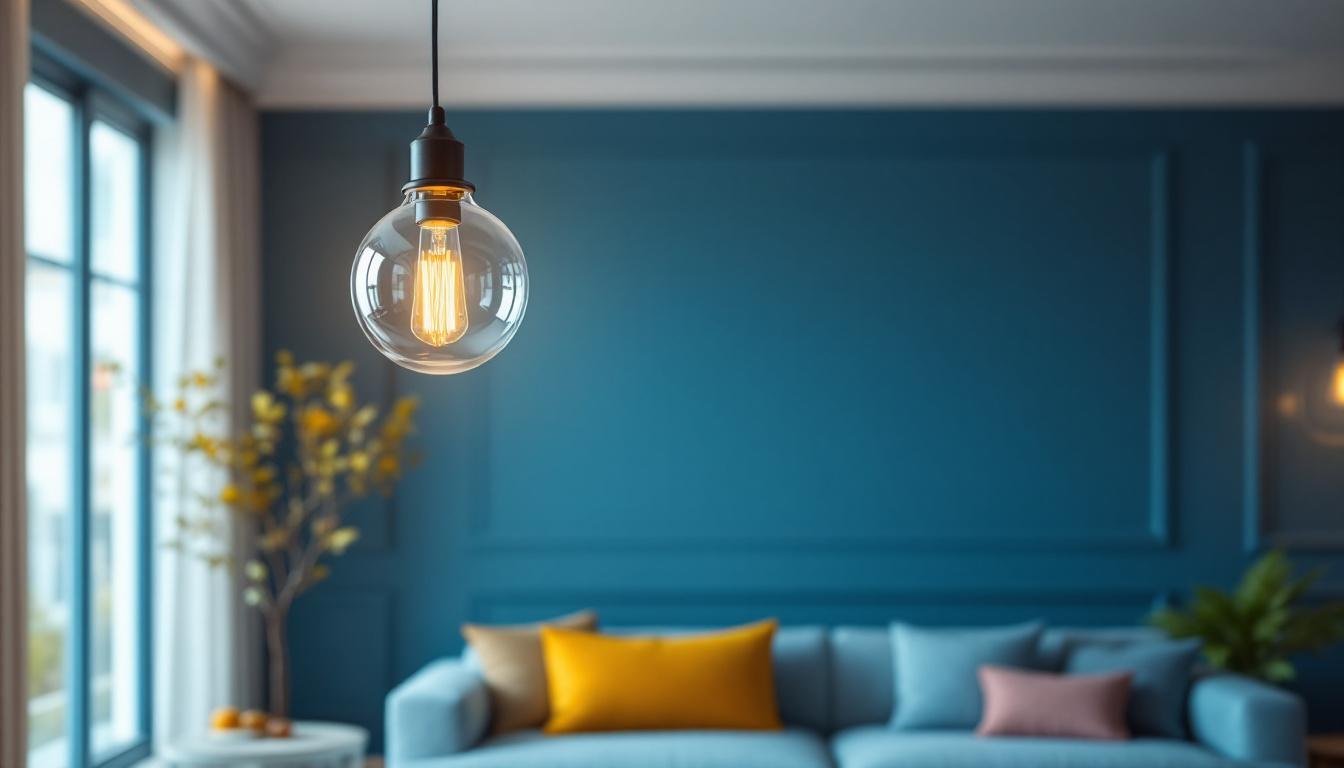
In the ever-evolving landscape of lighting technology, LED Type B wiring has emerged as a crucial component for contractors to understand. This article delves into the essential aspects of LED Type B wiring, providing insights that every lighting contractor should be aware of. From basic definitions to installation guidelines and troubleshooting tips, this comprehensive guide aims to equip professionals with the knowledge needed to excel in their projects.
LED Type B fixtures are designed to operate directly with line voltage, which differentiates them from other types of LED lighting. Unlike Type A and Type C LEDs, which require a driver or ballast, Type B LEDs are wired directly to the mains supply. This direct connection simplifies installation and can lead to significant energy savings.
For contractors, understanding the fundamentals of LED Type B wiring is essential. This knowledge not only enhances the efficiency of installations but also ensures compliance with electrical codes and safety standards. The following sections will explore the specifics of wiring, installation practices, and the advantages of using LED Type B fixtures.
One of the defining features of LED Type B fixtures is their compatibility with existing fluorescent fixtures. When retrofitting, contractors can remove the ballast and connect the LED directly to the line voltage. This not only reduces the complexity of the installation but also minimizes the overall cost.
Moreover, LED Type B fixtures are known for their longevity and energy efficiency. They typically consume less power than traditional lighting solutions, which translates into lower electricity bills for clients. This aspect is particularly appealing to businesses looking to reduce operational costs while maintaining high-quality lighting. Additionally, the reduced heat output of LED Type B fixtures can contribute to a more comfortable environment, as less energy is wasted as heat, making them an ideal choice for spaces where temperature control is crucial.
When working with LED Type B wiring, it is important to familiarize oneself with the key components involved. These include the LED fixture itself, the power supply, and the wiring connections. Understanding how these elements interact will facilitate a smoother installation process and improve overall performance.
The LED fixture is designed to operate at a specific voltage, usually 120V or 277V, depending on the application. The power supply must match this voltage to ensure optimal performance. Additionally, proper wiring connections are crucial for safety and efficiency. Using the correct gauge of wire and ensuring secure connections can prevent issues such as overheating or electrical failures. Furthermore, it is advisable to utilize connectors that are rated for the specific environment, such as damp or wet locations, to enhance the durability and reliability of the installation. This attention to detail not only prolongs the lifespan of the fixtures but also enhances the safety of the overall electrical system.
Proper installation is vital for maximizing the benefits of LED Type B fixtures. The following guidelines outline best practices that contractors should follow during the installation process.
Before beginning the installation, it is essential to conduct a thorough assessment of the existing lighting system. This includes checking the type of fixtures currently in place, evaluating the condition of the electrical wiring, and determining the appropriate LED Type B fixtures for the space.
Planning the layout is equally important. Contractors should consider factors such as the intended use of the space, the desired lighting levels, and any potential obstructions that may affect light distribution. A well-thought-out plan will help ensure that the installation meets both aesthetic and functional requirements. Additionally, it can be beneficial to consult with the occupants of the space to gather input on their lighting preferences, which can enhance comfort and productivity. This collaborative approach not only fosters a sense of ownership among users but also aids in creating an environment that is tailored to their specific needs.
Safety should always be a top priority when working with electrical systems. Before starting the installation, contractors must ensure that the power is turned off at the circuit breaker. This precaution helps prevent electrical shocks and ensures a safe working environment.
Additionally, using personal protective equipment (PPE) such as gloves and safety glasses is recommended. Contractors should also be familiar with local electrical codes and regulations to ensure compliance throughout the installation process. It is advisable to keep a first aid kit on hand and to have a clear understanding of emergency procedures in case of an accident. Furthermore, ensuring that the work area is well-lit and free of clutter can significantly reduce the risk of accidents, allowing for a more efficient and safe installation process.
The installation of LED Type B fixtures can be broken down into several key steps:
After the installation is complete, it is also recommended to document the process and any changes made to the existing electrical system. This documentation can prove invaluable for future maintenance or upgrades, providing a clear reference for any subsequent contractors or technicians. Additionally, educating the end-users about the new lighting system, including how to operate any features or controls, can enhance their experience and satisfaction with the installation. By taking these extra steps, contractors can ensure not only a successful installation but also a lasting positive impact on the space’s lighting quality.
Choosing LED Type B fixtures for lighting projects offers numerous advantages. Understanding these benefits can help contractors make informed decisions and provide better solutions for their clients.
One of the most significant benefits of LED Type B wiring is its energy efficiency. These fixtures consume considerably less power than traditional incandescent or fluorescent lights, resulting in lower energy bills. For clients seeking to reduce their carbon footprint, LED Type B fixtures present an ideal solution.
Moreover, the energy savings can contribute to a quicker return on investment. Many clients are motivated by the prospect of long-term savings, making LED Type B fixtures an attractive option for both residential and commercial applications.
LED Type B fixtures are known for their impressive lifespan, often lasting up to 50,000 hours or more. This longevity translates to reduced maintenance costs, as clients will not need to replace bulbs as frequently as with traditional lighting options.
Additionally, the durability of LED technology means that these fixtures are less prone to breakage. This reliability is particularly beneficial in commercial settings where lighting is critical for operations and safety.
LED Type B fixtures are versatile and can be used in a wide range of applications. From office spaces to retail environments, these fixtures can be tailored to meet specific lighting needs. Their ability to integrate seamlessly into existing fixtures makes them an excellent choice for retrofitting projects.
Furthermore, LED Type B fixtures are available in various styles and color temperatures, allowing contractors to customize lighting solutions to suit the aesthetic preferences of their clients. This adaptability enhances the overall appeal of LED Type B wiring in diverse settings.
Even with proper installation, issues may arise with LED Type B fixtures. Being equipped with troubleshooting knowledge can help contractors address problems efficiently and maintain client satisfaction.
Flickering lights can be a common issue with LED Type B fixtures. This problem may stem from poor connections, incompatible dimmers, or voltage fluctuations. Contractors should first check all wiring connections to ensure they are secure and properly insulated.
If the connections are sound, the next step is to evaluate the dimmer switch. Not all dimmers are compatible with LED technology, and using an incompatible dimmer can lead to flickering. Replacing the dimmer with an LED-compatible version may resolve the issue.
Inconsistent brightness can also occur, particularly in installations with multiple fixtures. This issue may be caused by variations in voltage or wiring problems. Contractors should assess the electrical supply to ensure that it is stable and consistent.
Additionally, checking for any damaged wiring or loose connections is essential. Ensuring that all fixtures are properly connected and that the wiring is in good condition can help achieve uniform brightness across the installation.
Overheating is a serious concern when working with electrical fixtures. If LED Type B fixtures become excessively hot, it may indicate a problem with the wiring or the fixture itself. Contractors should immediately turn off the power and inspect the installation.
Common causes of overheating include using the wrong wattage or voltage, poor ventilation, or faulty components. Addressing these issues promptly can prevent damage to the fixtures and ensure the safety of the installation.
LED Type B wiring represents a significant advancement in lighting technology, offering numerous benefits for contractors and clients alike. Understanding the unique features, installation practices, and troubleshooting techniques associated with LED Type B fixtures is essential for success in the field.
As the demand for energy-efficient and sustainable lighting solutions continues to grow, contractors who are well-versed in LED Type B wiring will be better positioned to meet the needs of their clients. By embracing this technology, lighting professionals can enhance their service offerings and contribute to a more sustainable future.
Ready to take your lighting projects to the next level with LED Type B wiring? At LumenWholesale, we provide lighting contractors like you with the highest quality, spec-grade lighting products at prices that can’t be beaten. Say goodbye to local distributor markups and hello to our extensive selection that meets rigorous industry standards. With free shipping on bulk orders, you can stock up on reliable, high-performance lighting solutions that will impress your clients and enhance your installations. Don’t settle for less—choose LumenWholesale for Wholesale Lighting at the Best Value and make every project shine with excellence.

Discover why LED strip lights for ceilings are transforming lighting projects into stunning successes.

Discover the essential insights lighting contractors need to know about LED undercounter lights.

Discover the essential checklist for lighting contractors installing motion flood lights outdoors.

Discover how light fixture pendants are revolutionizing the work of lighting contractors.